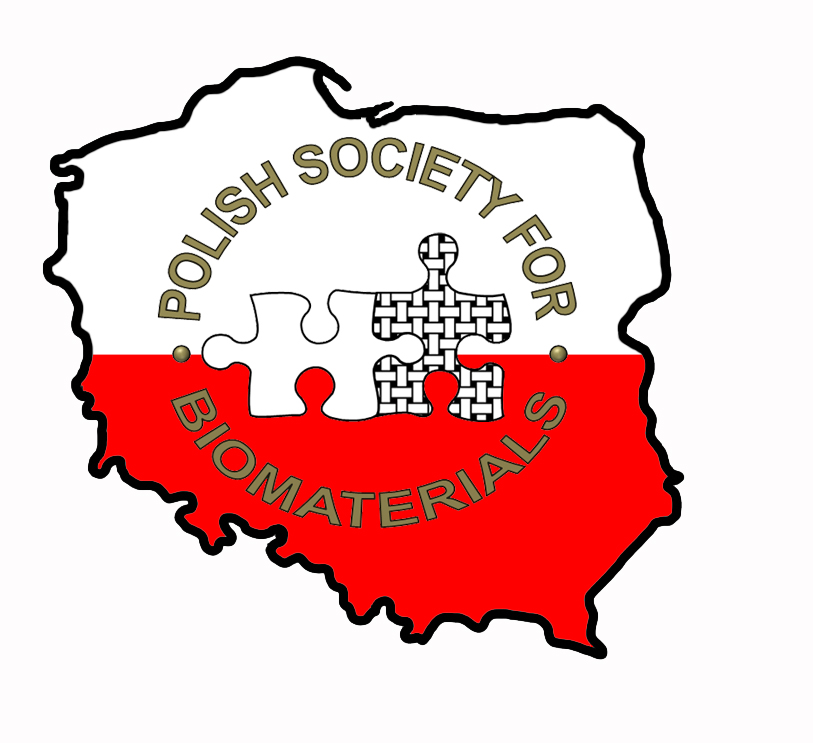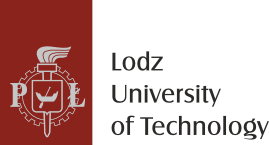Texture Analysis in Biomedical Imaging
Session organizers
Prof. Michał Strzelecki, Lodz University of Technology
Prof. Piotr Szczypiński, Lodz University of Technology
Session scope
The advancement of medical imaging techniques that allow for the visualization of the inside of the human body has led to a significant improvement in the quality of biomedical images. A common characteristic of these images is texture, which represents a complex distribution of gray levels and provides valuable information about the morphology and function of the imaged tissues and organs. As a result, texture also provides important diagnostic information depending on the type of imaging modality used (such as computed tomography, magnetic resonance imaging, ultrasonography, etc.). The human eye has limited perception and is unable to capture all texture properties, so dedicated computer methods of texture analysis, including artificial intelligence approaches, must be used to obtain additional information that is inaccessible to the naked eye. This improves the classification of various types of tissues, making the diagnosis more reliable and reproducible.
Texture feature extraction is also a part of radiomics, a rapidly growing research field focused on the extraction and analysis of a large number of parameters obtained from medical data. This analysis can not only improve the accuracy of diagnosis, but also enhance treatment, predict treatment outcomes, or enable personalized therapy.
The Special Session on "Texture Analysis in Biomedical Imaging" covers all applications of texture analysis to biomedical images obtained using any type of medical imaging modality. Therefore, proposed topics include, but are not limited to, the following applications of texture analysis:
- Algorithms for image classification, segmentation, and recognition that combine texture analysis and artificial intelligence approaches (including deep learning), for both 2D and 3D data;
- Morphological and functional modeling of tissues and organs;
- Diagnostic support for any type of medical imaging;
- Treatment monitoring based on biomedical imaging;
- Determining the expected consequences of disease or the probability of its occurrence and severity.
Keywords:
biomedical image texture analysis, pattern recognition, radiomics, treatment and diagnosis support.






